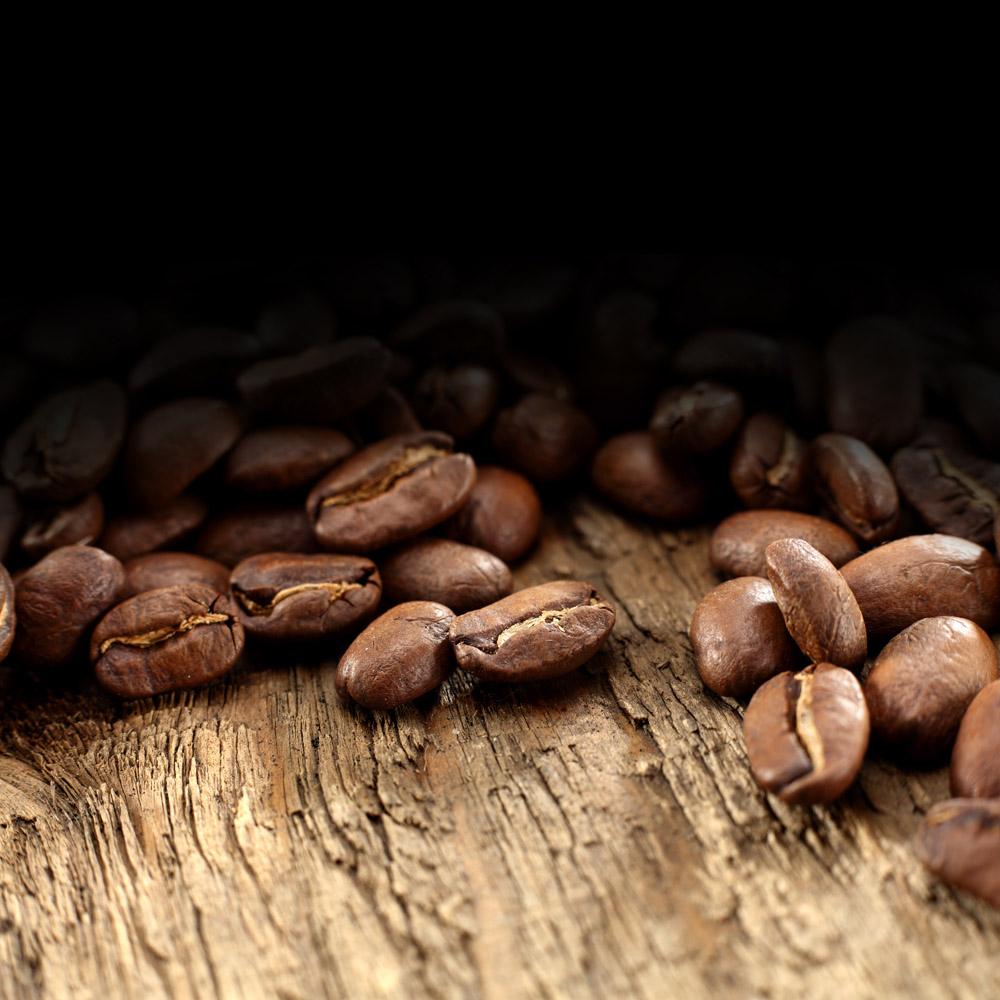Introduction of Sidamo Coffee, description of Coffee Flavor
Follow the caf é (Wechat official account vdailycom) and found that Beautiful Cafe opened a small shop of its own.
[country of origin] Ethiopia
[producing area] Sidamo
[manor] Hambela Manor
Original species
[altitude] more than 1900 meters
[treatment method] High-rise sun drying
[baking degree] shallow and medium
[flavor] apricot, honey, sweet and sour plums, smooth taste, green tea tail rhyme

Coffee beans in Ethiopia are graded according to the proportion of defective beans. Indonesian beans are mainly divided into six grades, namely G1--G6. Ethiopia also uses this method, with the highest grades of washed beans G1 and G2, and those of sun-dried beans G1 and G3.
Washing: Grade-1;Grade-2 (G1 > G2)
Sun: Grade-1 and Grade-3--Grade-5 (G1 > G3 > G4 > G5)
Producing area: Oromia, Ethiopia
Varieties: Ethiopian native species
Haiba: 2000
Treatment: washing
Name: coffee factory address: Guangzhou Yuexiu Guan District Baoqian Street 10 Qianjie coffee manufacturers contact information: 38364473 shelf life: 90 net content: 227g packaging: bulk coffee beans ripe degree: whether coffee beans contain sugar: sugar-free origin: Ethiopia roasting degree: light roasting
Various forms of coffee cultivation can be found in Ethiopia: everything from wild coffee forests and semi-developed land to traditionally operated plots to modern plantations. About 50% of the coffee is grown more than 1500 meters above sea level. According to the above four different modes of production, Ethiopian coffee can be divided into nine major coffee producing areas, including five boutique coffee areas: Sidamo, Yegashefi, Harald, Lim and Lekampu. and four general commercial bean producing areas: Gemma, Irugbo, Tibby and Bekaa. The sun or water washing methods are used in each district, and different treatment methods also affect the flavor. At present, the sun method accounts for about 80%, and water washing accounts for about 20%.
In this micro-batch coffee, 100% Red Cherry was selected by hand, then the peel and pulp was removed by Agared equipment, and then the coffee beans with pectin were fermented in a fermentation tank for 36 hours, then Souking for 4 hours, dried in a drying bed with a size of 30 to 1.8 meters, and then shelled. After manual screening, they were packed in GrainPro bags and covered with gunny bags.
Important Notice :
前街咖啡 FrontStreet Coffee has moved to new addredd:
FrontStreet Coffee Address: 315,Donghua East Road,GuangZhou
Tel:020 38364473
- Prev

Introduction to the history of Sidamo coffee, description of the flavor of Sidamo coffee
Follow the caf é (Wechat official account vdailycom) found that the beautiful cafe opened a small shop of its own, Saikashafi and Sidamo has two best producing areas, of which Sidamo is located in a plateau in the south of Ethiopia. Sidamo has a balanced acidity and proper consistency. In the Isobiya area, people are usually supplemented by a cup of mocha coffee for breakfast.
- Next

Indian coffee making, Indian coffee introduction
Follow Cafe (Wechat official account vdailycom) found that Beautiful Cafe opened its own shop on a coffee farm in Panama, respecting the culture and way of life of Indian aborigines and striving to improve their conditions. Some members of the SCAP Panamanian boutique coffee association have comprehensive social programs for health, nutrition, education and proper care of children for them and them
Related
- Detailed explanation of Jadeite planting Land in Panamanian Jadeite Manor introduction to the grading system of Jadeite competitive bidding, Red bid, Green bid and Rose Summer
- Story of Coffee planting in Brenka region of Costa Rica Stonehenge Manor anaerobic heavy honey treatment of flavor mouth
- What's on the barrel of Blue Mountain Coffee beans?
- Can American coffee also pull flowers? How to use hot American style to pull out a good-looking pattern?
- Can you make a cold extract with coffee beans? What is the right proportion for cold-extracted coffee formula?
- Indonesian PWN Gold Mandrine Coffee Origin Features Flavor How to Chong? Mandolin coffee is American.
- A brief introduction to the flavor characteristics of Brazilian yellow bourbon coffee beans
- What is the effect of different water quality on the flavor of cold-extracted coffee? What kind of water is best for brewing coffee?
- Why do you think of Rose Summer whenever you mention Panamanian coffee?
- Introduction to the characteristics of authentic blue mountain coffee bean producing areas? What is the CIB Coffee Authority in Jamaica?

